BRIEF RESEARCH REPORT
Published on 01 Jul 2022
Human vs. Machine Learning Based Detection of Facial Weakness Using Video Analysis

doi 10.3389/fneur.2022.878282
- 2,417 views
- 4 citations
6,229
Total downloads
34k
Total views and downloads
BRIEF RESEARCH REPORT
Published on 01 Jul 2022

ORIGINAL RESEARCH
Published on 20 Jun 2022
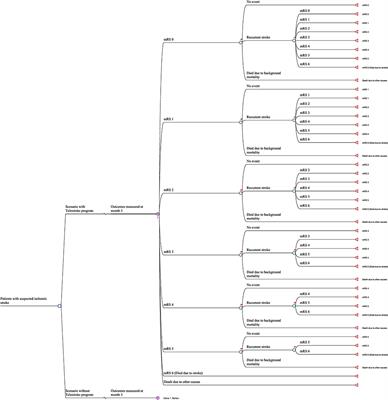
ORIGINAL RESEARCH
Published on 02 Mar 2022
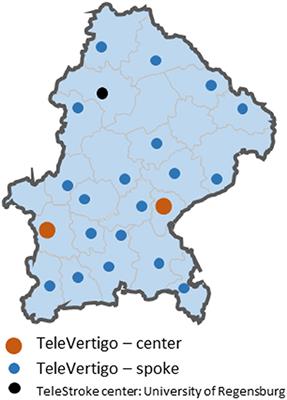
ORIGINAL RESEARCH
Published on 11 Feb 2022
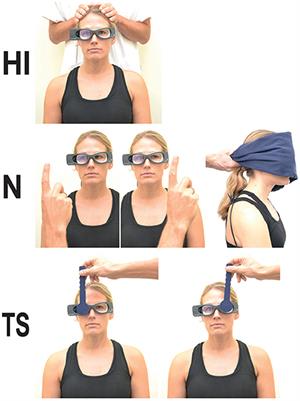
ORIGINAL RESEARCH
Published on 03 Dec 2021
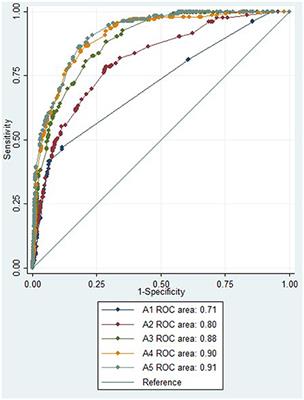
ORIGINAL RESEARCH
Published on 26 Nov 2021
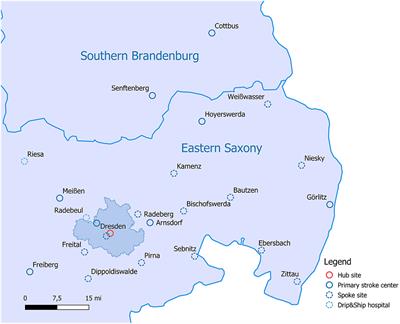
ORIGINAL RESEARCH
Published on 24 Nov 2021
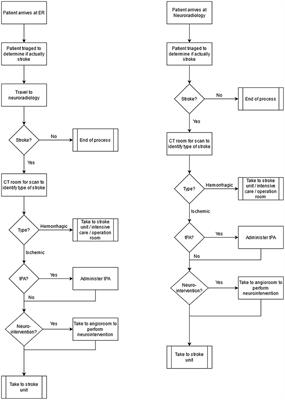
ORIGINAL RESEARCH
Published on 09 Sep 2021
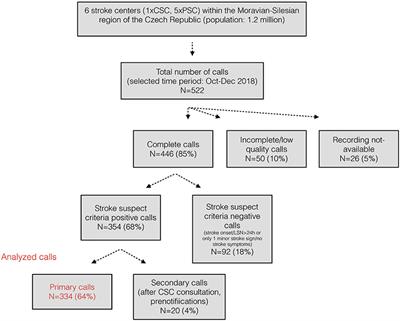
BRIEF RESEARCH REPORT
Published on 06 Aug 2021